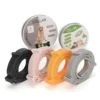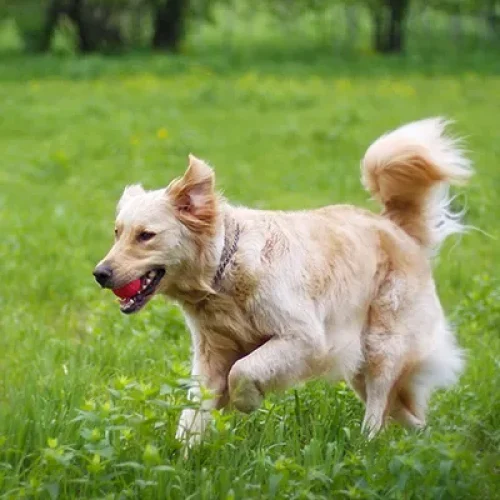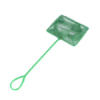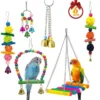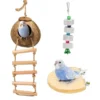Anxiety Busters: Essential Approaches for Relaxing Your Pet
As pet owners, one of our obligations is to safeguard our pets’ mental well-being. Anxiety in dogs is a frequent condition that may have a substantial influence on our relationship with them. Here , we’ll look at what anxiety is in pets, how it may disturb the link we have with them, and, most importantly, how we can assist reduce their discomfort. We’ll look at what are tips that help with anxiety reduction and what pet behaviourists and vets have to say about it.
Understanding Pet Anxiety
Pet anxiety is the worry or fear which pets may feel in reaction to certain triggers, events, or changes in their surroundings. It can appear in a variety of ways, including excessive barking, destructive behaviors, and retreat. Understanding what causes anxiety is crucial in developing effective strategies to alleviate it. Separation, loud sounds, strange locations, and routine disruptions are all common reasons.
The Impact of Pet Anxiety on Your Relationship
Anxiety in pets can disrupt your relationship and limit the bond you share with them. When pets become anxious, they may exhibit aggressive or avoidant behavior, making it difficult to interact with them. This can lead to frustration, misunderstanding, and a decrease in trust between pet and owner. Addressing and managing anxiety in pets is critical to maintaining a healthy and loving bond.
Recognizing Anxiety in Your Pet
Sometimes, it can be difficult to recognize whether our pets are feeling anxiety or simply doing their usual pet behavior. In this section, we will discuss the indicators that your pet may be struggling with anxiety, allowing you to deal with it successfully. Excessive Vocalization: Pay attention to any increase in barking, whining, meowing, or howling, especially in situations where your pet is typically quiet.
- Destructive Behavior: Watch for any unusual chewing, scratching, or other destructive actions, particularly directed at furniture, doors, or other objects in your home.
- Changes in Appetite: Monitor your pet’s eating habits for any significant changes, such as a sudden loss of appetite or increased food consumption.
- Restlessness: Notice if your pet seems unable to settle down or relax, exhibiting pacing behavior or constantly seeking attention.
- Avoidance or Hiding: Be aware of any instances where your pet tries to hide or avoid interaction with family members or other pets.
- Aggression: Watch for signs of aggression, including growling, snapping, or biting, especially in situations where your pet feels threatened or scared.
- Trembling or Shaking: Look for visible signs of shaking or trembling, particularly in response to specific triggers like loud noises or unfamiliar environments.
Effective Strategies for Anxiety Relief
Now that we understand the significance of treating pet anxiety, it’s time to explore actionable tips to alleviate their stress. This section will provide practical techniques that have proven to be effective in helping pets find relief.
Tips to Relieve Anxiety:
- Create a Safe Haven: Organize a quiet, comfortable space for your pet to retreat when feeling anxious.
- Maintain Routine: Stick to a consistent feeding and exercise schedule to provide stability.
- Engage in Interactive Play: Interactive toys like puzzle feeders or laser pointers can stimulate your pet’s mind and alleviate stress.
- Provide Physical Exercise: Regular exercise releases pent-up energy and promotes relaxation.
- Use Calming Scents: Use pheromone diffusers or sprays to calm pets.
- Practice Relaxation Techniques: Massage or music can help calm anxious pets.
- Introduce Comforting Toys: Chew toys, stuffed animals, or interactive toys provide mental stimulation and comfort during times of distress.
What Pet Behaviorists & Veterinarians Say about Toys for Pet’s Anxiety:
Experts agree that toys play a significant role in alleviating pet anxiety. Pet behaviorists recommend incorporating interactive toys into your pet’s daily routine to keep them mentally stimulated and reduce stress levels. Veterinarians often advocate for toy enrichment as part of a holistic approach to managing anxiety in pets.
How Do Toys Help?
Toys serve as a distraction and outlet for your pet’s energy and anxiety. Interactive toys engage their minds, encourage problem-solving, and provide a sense of accomplishment. Additionally, chewing on toys can relieve tension and promote relaxation through repetitive motion.
Emphasizing Toys for Pets:
Investing in a variety of toys tailored to your pet’s preferences can make a significant difference in their overall well-being. Whether it’s a plush toy for comfort, a treat dispenser for mental stimulation, or a tug-of-war rope for physical activity, providing a selection of toys ensures your pet has outlets to alleviate anxiety and lead a happier, healthier life.


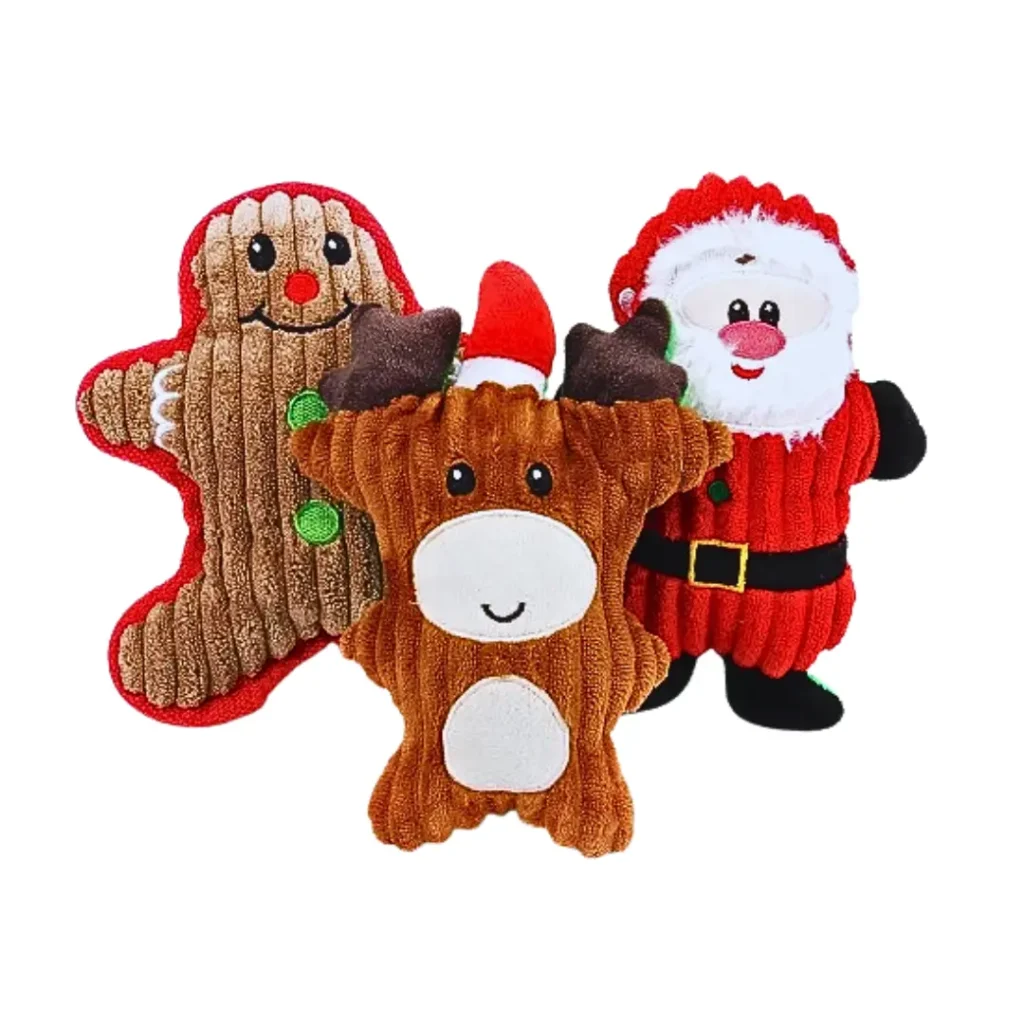


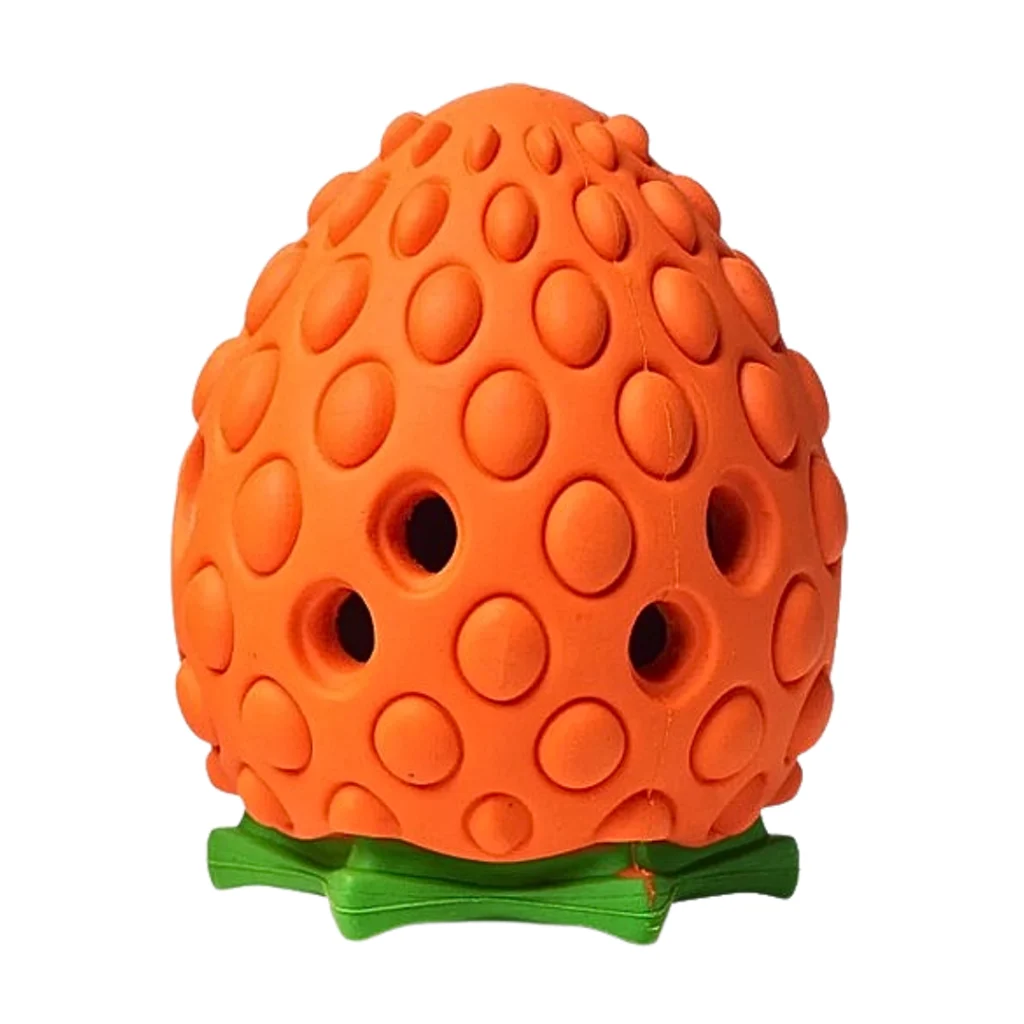
Owner’s Responsibilities
As pet owners, it’s your responsibility to recognize and address anxiety in your beloved companions. By incorporating toys and other anxiety-relief techniques into their daily routine, we can help your pets feel more secure, relaxed, and content. Remember, a happy pet makes for a happy home!



